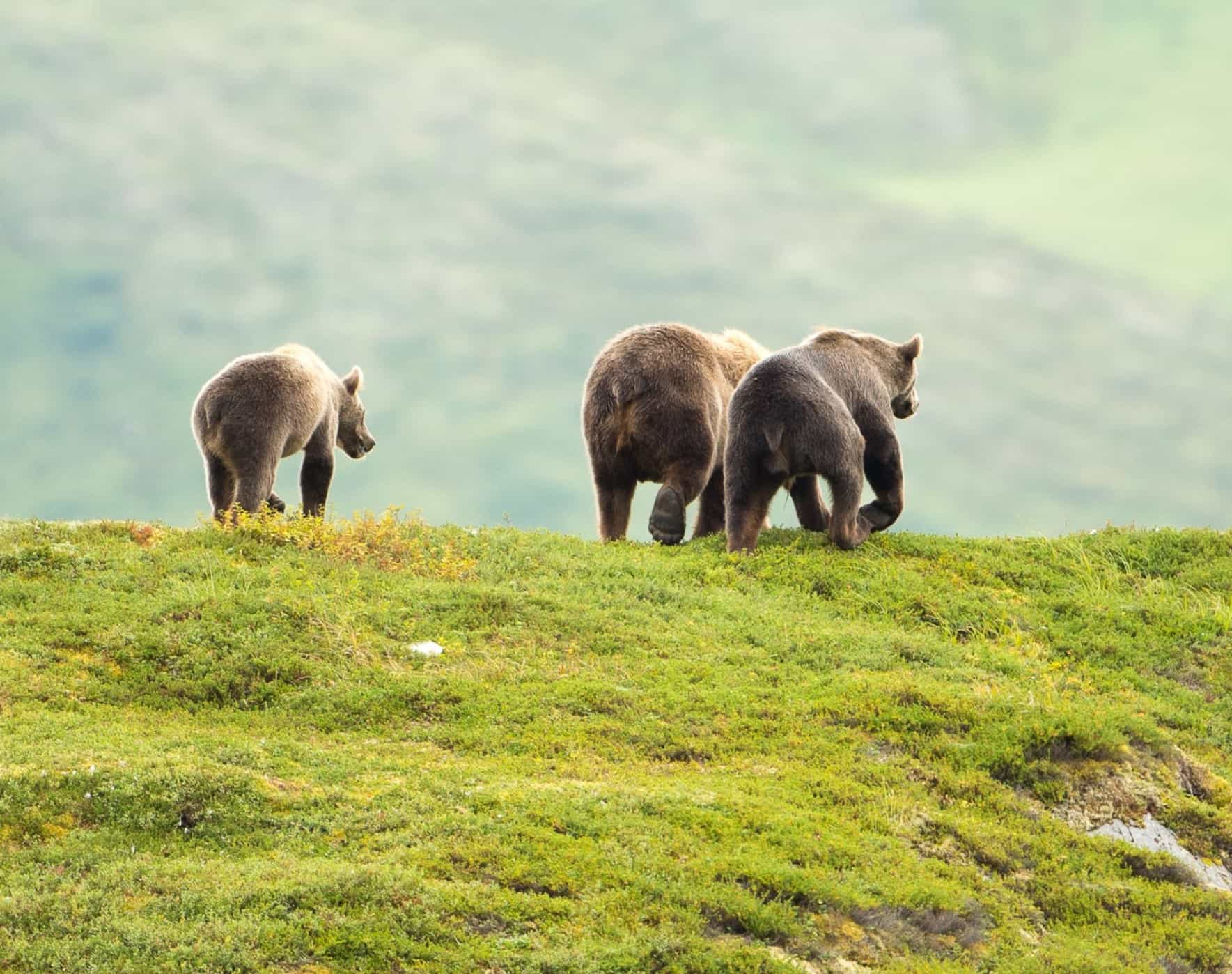
The North Cascades are a breathtaking sight of jagged peaks and emerald valleys located in Northern Washington State. The Cascades are on the cusp of reclaiming a vital piece of their ecological heritage: the grizzly bear. The grizzly bear population has dwindled up north almost to the point of extinction, with the last confirmed sighting in the Cascades reported in 1996. Unregulated hunting and trapping have significantly decimated the grizzly bear population. Bears are perceived as pests and predators of game, which is hunted in those parts. This played an essential role in the drastic drop in numbers. After more than 30 years of absence, these powerful predators are poised for a long-awaited homecoming, thanks to a collaborative effort spearheaded by the U.S. Fish and Wildlife Service (FWS) and the National Park Service (NPS).
The preferred reintroduction plan involves relocating a small number of grizzly bears from healthy populations in Canada and Montana to the North Cascades. The goal is to establish a self-sustaining population of about 200 bears over the next few decades. Engaging local communities, tribal nations, and other stakeholders has been crucial. Public meetings and comment periods have ensured that everyone’s voice is heard in the planning process. The initial phase of reintroduction aims to establish a population of 25 bears. The agencies plan to translocate three to seven bears per year over a 5-10-year period. These bears will be monitored closely using radio collars and other tracking technologies to assess their health, habitat use, and potential conflicts.
- Related Article: 5 Cyclists Fight Off a Cougar With Their Bare Hands to Save a Friend

These bears will be carefully selected from the Rocky Mountains and interior British Columbia, with factors like age, health, and gender considered to ensure a genetically diverse founding population. Release sites will be meticulously chosen, prioritizing areas with abundant food sources and minimal human conflict potential. Reintroducing grizzly bears to the North Cascades offers several significant benefits. Grizzly bears play a crucial role in maintaining healthy ecosystems. As a keystone species, their presence helps control prey populations and disperse seeds, promoting biodiversity. For many Native American tribes that still reside in the Cascades, grizzly bears hold cultural and spiritual importance. Their return is a step towards honoring and preserving this heritage.
A Collaborative Effort for a Brighter Future
Of course, reintroducing grizzlies isn’t without its challenges. Concerns regarding human-bear interactions and potential livestock predation need to be addressed. However, successful grizzly reintroduction programs elsewhere in the U.S. have demonstrated that these challenges can be mitigated through education, responsible land management practices, and coexistence strategies. The success of the reintroduction plan hinges on collaboration. Public education efforts are crucial to raising awareness about grizzly bear safety and responsible behavior in the country.
The grizzly bears in the North Cascades will be designated as a nonessential experimental population under the Endangered Species Act. This designation provides flexibility in managing the population, including allowing for certain measures in cases of self-defense or property protection. Legal frameworks will be adapted as necessary to support the long-term goals of the reintroduction program. It’s an exciting time for the ecosystem as long as you aren’t a fish or a bird, and for the State of Washington, getting back such a humble beast roaming the lands is also exciting.